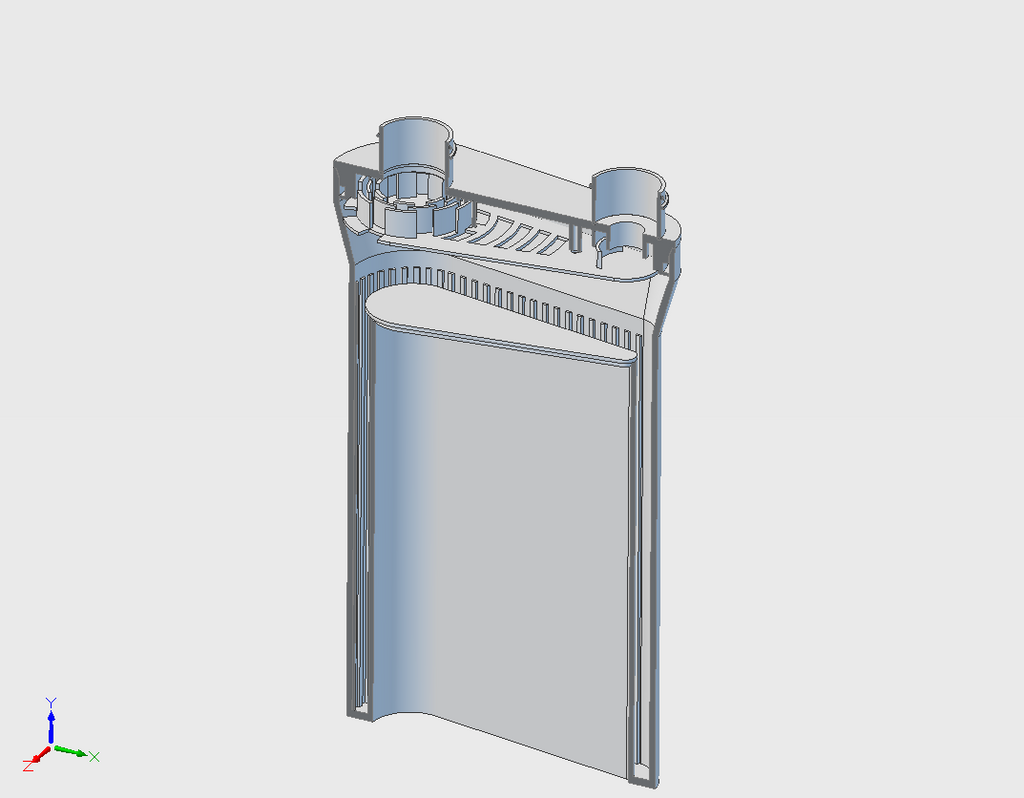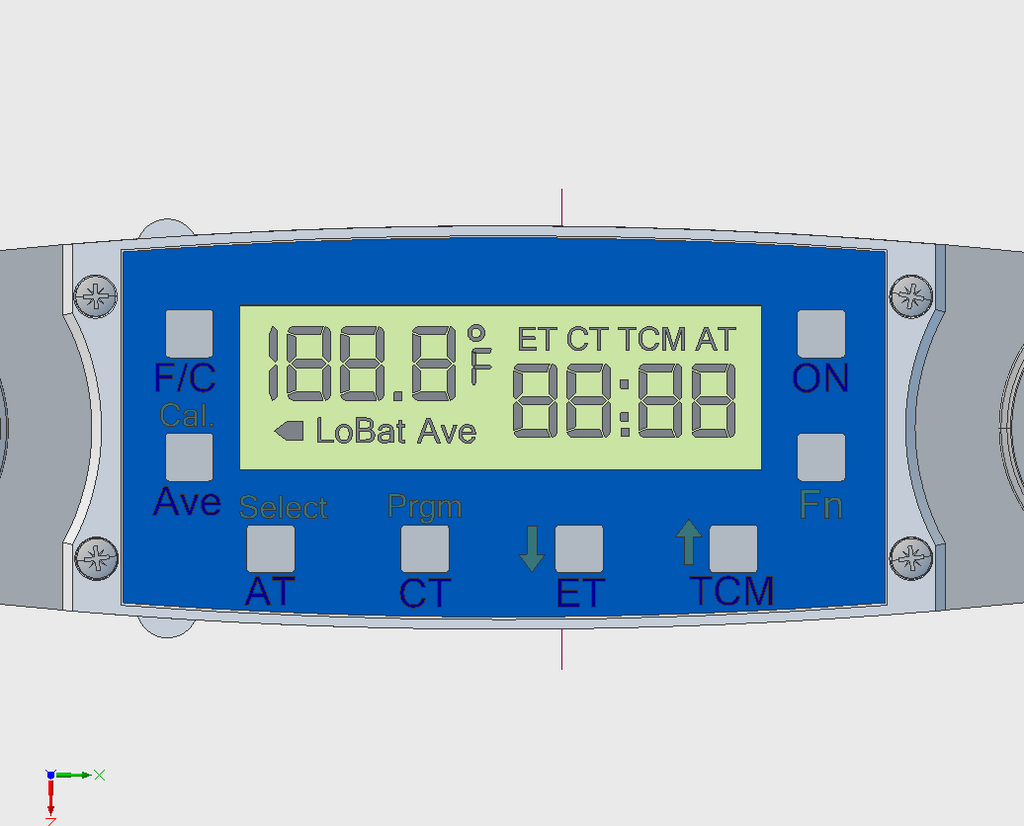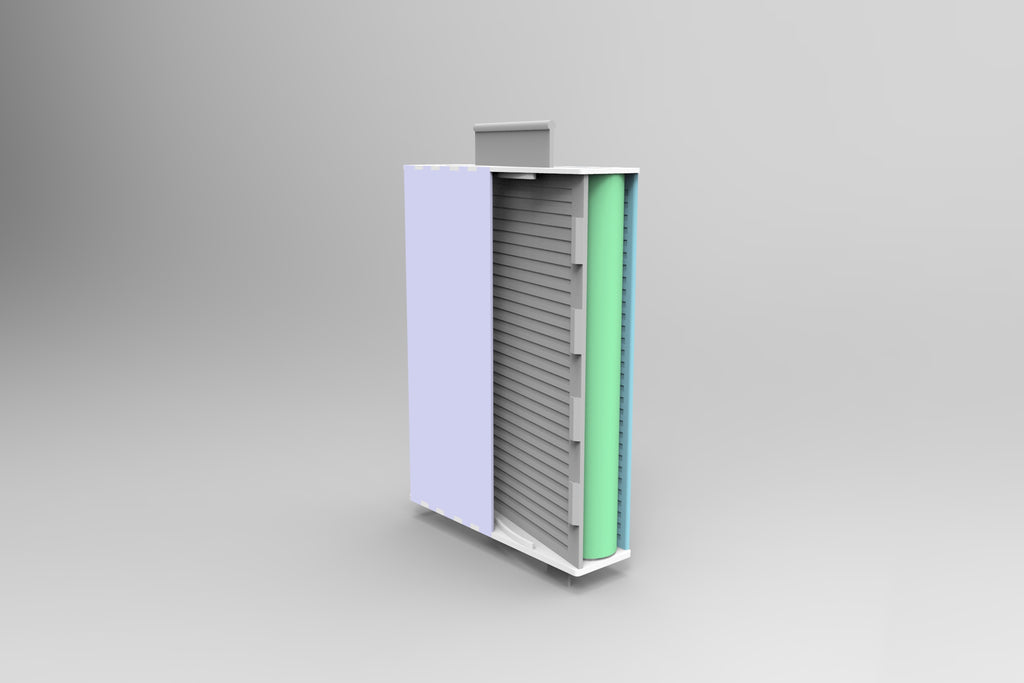News
First test of the SP-1810T
Tim Gilbert
We've developed the first sheet of film in our SP-1810 prototype! Special thanks to Tom Finke for hauling out his 8x10 and sacrificing a sheet of film. Note that there was no artistic expression intended. We just needed a sheet of properly exposed film for testing. You can see Tom's real work here: https://tomfinke.com/. After practicing two or three times with the lights on, Tom had no problem loading the tank in the dark. He really liked the ergonomics and the way it balances when filling/draining. The prototype does leak a bit but not as bad as we expected. (This...
Latest SmartLid display, keypad and user's guide
Tim Gilbert
We're still plugging away on the SmartLid. Here's the latest concept for the keypad and display: You can review the updated User's guide: Version 0.2 Please post your comments below.
SmartLid User's Guide
Tim Gilbert
A lesson every engineer needs to learn: first, write the user's guide. No real engineer likes this idea but they either listen to the crusty old geezer who's been around forever, or they learn it the hard way. You can put a lot of time and energy into a really awesome design only to realize, after the prototype is built, that you need one more button. Yeah, learning things the hard way tends to be embarrassing, not to mention expensive. So, since I'm now the old geezer that's been around forever, I took my own advice and wrote the user's guide....
SmartLid: digital tools for an analog world
Tim Gilbert
Thanks to everyone who sent us feedback on the SmartLid concept. You might note that the above rendering has changed a bit. However, the basic spec's haven't: Temperature range: 32F - 120F Accuracy: +/- 0.5 F Fahrenheit or Celsius display Elapsed time to 24 hours (for people doing really crazy stand development.) Battery powered Water resistant keypad Average temperature function User calibration function Note the buttons aren't labeled since we're still working out the details. We need to get the display right the first time; changing it later is expensive. Same for the keypad. Regarding those details, several suggestions were...
SP-257A: processing 5x7 in the SP-445
Tim Gilbert
UPDATE: we've abandoned the SP-457A project. It had handling issues and the production cost was soaring, especially considering the size of the market. Check out our SP-8x10, it can handle two sheets of 5x7, 13x18, glass plates etc... A while back I accidentally bought a Kodak #33A 5x7 view camera. I say accidentally because the Speed Graphic I went to look at turned out to be in rough shape, but he also had the Kodak. I just couldn't resist the beauty of this old classic.I figured I'd pull the prototype of the SP-457 processing tank out of storage, tweak it...





